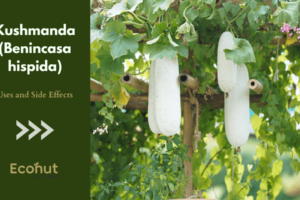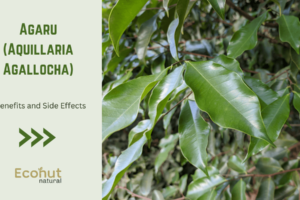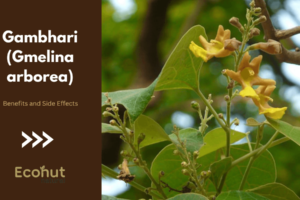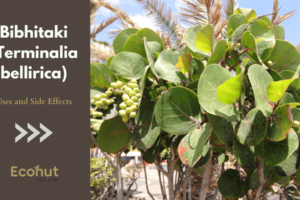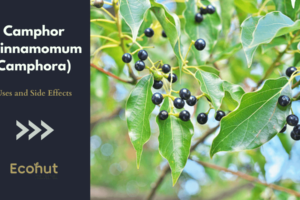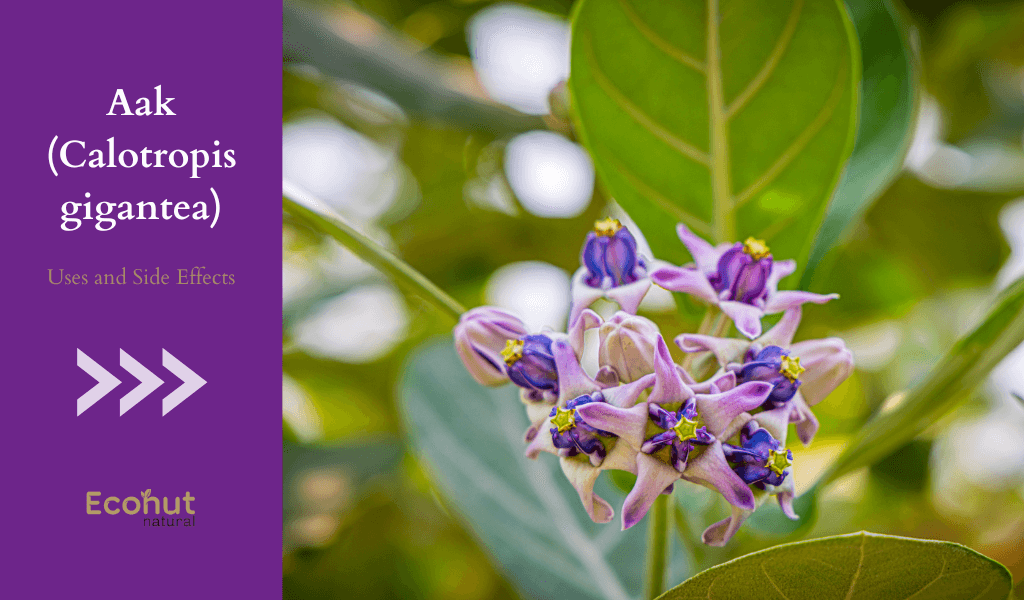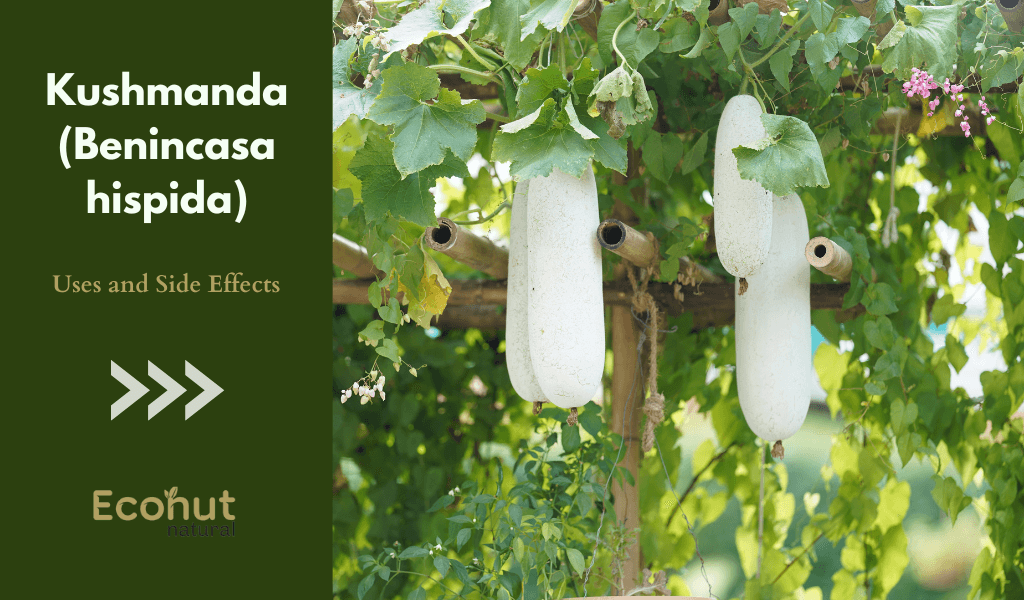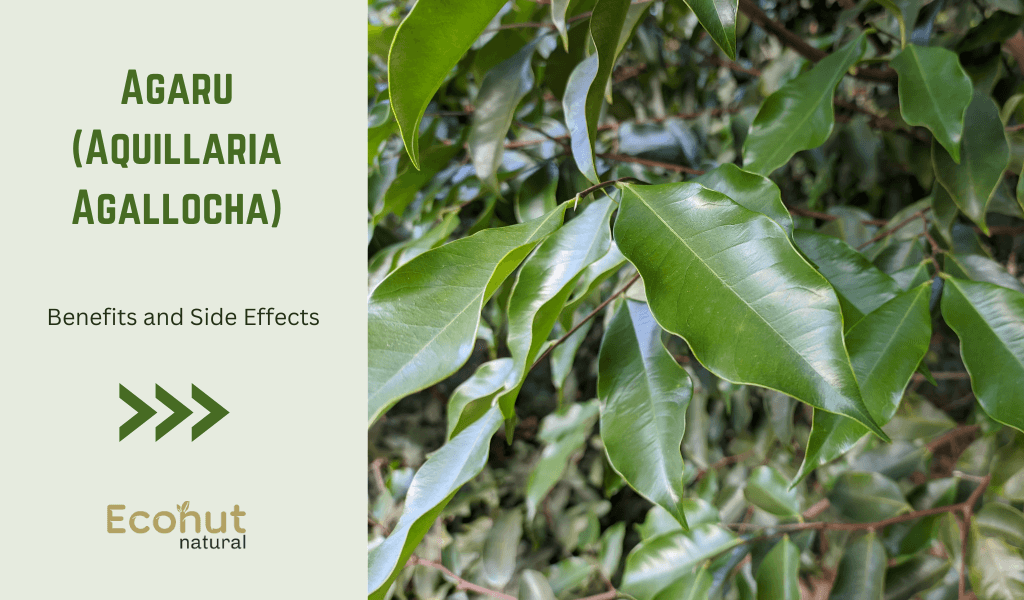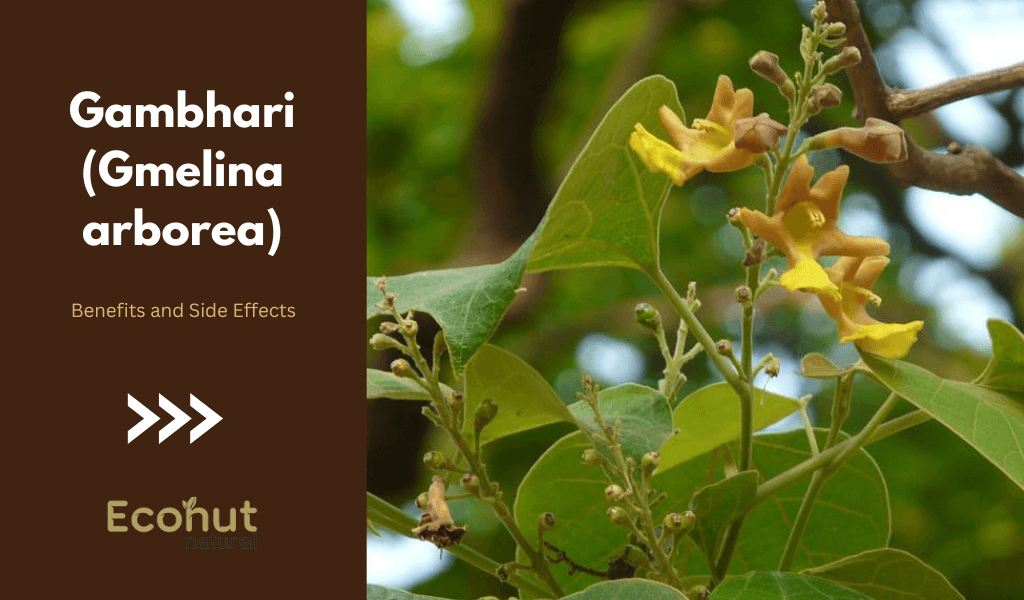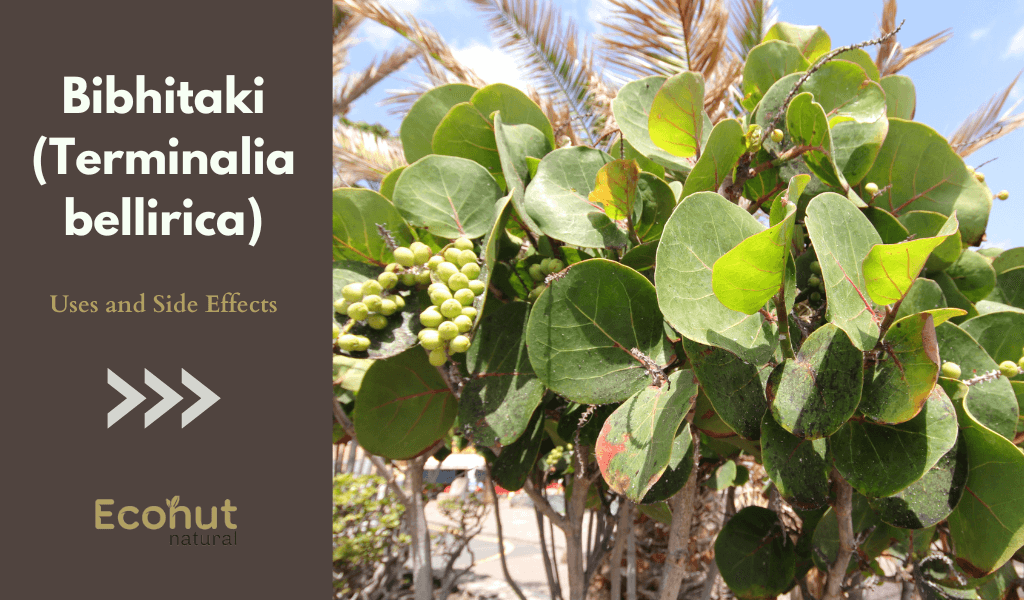Aak, also known as Madar or Calotropis gigantea, is a perennial shrub native to tropical areas of Asia and Africa. It belongs to the family Apocynaceae. Aak is known for its attractive flowers and medicinal properties.
Characteristics
Stem:
Erect, branched, cylindrical, solid, contains milky latex.
Leaves:
100–200 mm (4–8 in) long, decussate, obovate or elliptic-oblong, shortly acute, subsessile, cordate or often amplexicaul at the base.
Inflorescence:
Umbellate cymes.
Fruit:
A pair of follicles with many, hairy seeds.
Flowers:
Large, white, not scented, peduncles arising between the petioles. Flower-buds ovoid, angled, Calyx lobes 5, divided to the base, white, ovate; corolla broadly rotate, valvate, lobes 5, deltoid ovate, reflexed, coronate-appendages broad, obtusely 2-auricled below the rounded apex which is lower than the staminal-column. Stamens 5, anthers short with membranous appendages, inflexed over the depressed apex of the pentagonal stigma. Pollinium one in each cell, pendulous caudicles slender. Carpels 2 distinct, styles 2, united to the single pentangular stigma, ovary 2-celled, ovules many.
Habitat:
Aak is commonly found in dry, rocky areas, and it can thrive in a variety of soil types. It is often seen growing alongside roadsides, in wastelands, and in other disturbed habitats.
Classification of Aak, Madar (Calotropis gigantea)
| Scientific name | Calotropis gigantea |
| Family | Apocynaceae |
| Kingdom | Plantae |
| Order | Gentianales |
| Binomial name | Calotropis gigantea |
Other Names of Aak, Madar (Calotropis gigantea)
Aak English name: Sodom apple, Apple of Sodom, Kapok tree, Rubber bush or Rubber tree
Aak Hindi name: Aak, Madar, Akvana
Bengali name: Aaknad
Arab name: Ushar
Sanskrit name: Arka, Toolaphala, Vikirana, Asfota, Alarka etc.
Punjabi name: Ak
Telugu name: Jilledu, Mandaram
Persian name: Kharak
Aak Malyalam name: Neela Eukku
Ayurvedic Properties of Aak, Madar (Calotropis gigantea)
Hindi / Sanskrit
Rasa, Katu, Tikta
Guna, Lague, Ruksha, Tikshna
Virya, Ushna, Potency
Vipaka, Katu
English
Taste,Pungent, Bitter
Physical Property, Light, Dry, Sharp
Potency, Hot
Metabolic Property (After Digestion), Pungent
Aak, Madar (Calotropis gigantea) Benefits
Calotropis gigantea, commonly known as Aak or Madar, is a plant with various traditional uses in different cultures. While it’s important to note that many of its purported benefits are based on traditional knowledge and may not have robust scientific evidence to support them, here are some potential benefits regarding with Calotropis gigantea are below.
Respiratory Conditions:
In some traditional practices, Aak is used to alleviate symptoms of respiratory conditions such as asthma, bronchitis, and cough. It is believed to have expectorant properties that help in clearing the respiratory passages.
For Antibacterial and Antifungal Properties:
Studies have indicated that extracts from Calotropis gigantea possess antibacterial and antifungal properties. These properties may contribute to its traditional use in treating various infections.
In Anticancer Potential:
Some research suggests that extracts from Calotropis gigantea may possess compounds with anticancer properties. These compounds have shown cytotoxic effects on certain cancer cell lines in laboratory studies. However, further research is needed to understand its efficacy and safety in humans.
For Wound Healing:
The latex obtained from the plant is believed to have wound-healing properties. It has been traditionally applied topically to wounds to promote healing and prevent infections.
For Treatment of Fever:
In traditional medicine systems, Aak has been used to reduce fever. It is believed to have antipyretic properties that help in lowering body temperature.
Medicinal Uses:
Aak has been used in traditional medicine systems such as Ayurveda, Siddha, and Unani for its purported medicinal properties. It is believed to have antibacterial, anti-inflammatory, analgesic, and antipyretic properties.
Treatment of Skin Diseases:
Extracts from different parts of the plant have been used topically to treat various skin ailments such as eczema, dermatitis, and wounds. The latex from the plant has been traditionally used to treat ringworm and other fungal infections.
Other Uses Aak, Madar (Calotropis gigantea)
- The flowers are long lasting, and in Thailand they are used in floral arrangements.
- The extract of flowers and leaves has shown hypoglycemic effect in preclinical studies.
- They were favored by the Hawaiian Queen Liliuokalani, who considered them a symbol of royalty and wore them strung into leis.
- In Cambodia, they are used in funerals to decorate the urn or sarcophagus and the interior of the house holding the funeral.
- The fruit is a follicle and when dry, seed dispersal is by wind.
- In Indonesia its flowers are called widuri. According to the Shiva Purana, the madar flower/crown flower is very much liked by Lord Shiva; therefore the crown flower and its garland are offered to Lord Shiva for peace, prosperity and stability in society.
- The Crown flower is also one of the major parts of the nine astrological trees (Navagrah tree).
- Calotropis yields a durable fiber (commercially known as bowstring of India) useful for ropes, carpets, fishing nets, and sewing thread.
- Fungicidal which is far effective than oinmentand insecticidal properties of Calotropis have been reported.
- In India, the plant is common in the compounds of temples and is known as madar in Hindi: मदार. Its leaf (Marathi: rui) is one of the five leaves used in the Panch Pallava, a ritual assortment of five different leaves used as a totem by the Maratha culture in India.
- Floss, obtained from seeds, is used as stuffing. Crown flower cotton can also be used to make a pillow.
- A fermented mixture of Calotropis and salt is used to remove the hair from goat skins for production of nari leather and from sheep skins to make leather which is much used for inexpensive book binding.
Also More: Udumbara, Cluster Fig (Ficus Glomerata): Uses and Benefits
Parts Used
- Leaves
- Flowers
- Latex
- Root
Aak, Madar (Calotropis gigantea) Side Effects
Aak, Madar (Calotropis gigantea) is a plant that has been traditionally used in various medicinal preparations in different cultures. However, it’s important to note that while it may have therapeutic properties, it also carries potential side effects and risks, especially if consumed or used improperly. Here are some potential side effects regarding with Calotropis gigantea:
Toxicity:
The plant contains toxic compounds such as cardiac glycosides, alkaloids, and resins. Ingestion of any part of the plant can lead to symptoms of toxicity such as vomiting, diarrhea, abdominal pain, and in severe cases, it may lead to cardiac arrhythmias or even death.
Skin Irritation:
Contact with the sap or latex of the plant can cause skin irritation, redness, itching, and in some cases, blistering. It’s important to handle the plant with care and avoid contact with bare skin.
Respiratory Irritation:
Inhaling the smoke or fumes produced by burning the plant material may irritate the respiratory tract and cause symptoms such as coughing, wheezing, and shortness of breath.
Allergic Reactions:
Some individuals may be allergic to components of Calotropis gigantea, leading to allergic reactions such as hives, itching, swelling, or difficulty breathing.
Gastrointestinal Disturbances:
Consumption of parts of the plant may lead to gastrointestinal disturbances such as nausea, vomiting, abdominal cramps, and diarrhea.
Cardiac Effects:
The cardiac glycosides present in Calotropis gigantea can have potent effects on the heart. Ingestion of large amounts can cause irregular heartbeats, palpitations, and may even lead to heart failure.
Central Nervous System Effects:
Some reports suggest that ingestion of Calotropis gigantea may lead to symptoms such as dizziness, confusion, and in severe cases, seizures.
Drug Interactions:
The cardiac glycosides present in the plant may interact with certain medications, particularly those that affect the heart, such as digoxin. This can lead to dangerous changes in heart rhythm and function.
Dosage
Root bark powder: 0.5-1 g.
Flower powder: 1-2 g.
Leave juice: 1-4 drops
Conclusion
Calotropis gigantea, known as Aak or Madar, possesses medicinal properties used in traditional practices. However, caution is warranted due to its potential toxicity, particularly in its leaves and roots. Ingestion of large amounts may lead to symptoms such as gastrointestinal distress, cardiac issues, or even death. It’s advisable to use this plant under the guidance of a qualified healthcare professional.
FAQS
What are the medicinal uses of Calotropis gigantea (Aak or Madar)?
Calotropis gigantea has been traditionally used in various medicinal practices for treating ailments such as asthma, cough, inflammation, skin disorders, and snake bites. It’s also believed to have antimicrobial and anticancer properties.
How should Calotropis gigantea be used safely?
It’s advisable to use Calotropis gigantea under the guidance of a qualified healthcare professional. If used for medicinal purposes, it should be administered in controlled doses and preparations. Avoid ingesting parts of the plant raw and use only after proper processing or in standardized forms.
Can Calotropis gigantea interact with medications?
Calotropis gigantea may interact with medications due to its cardiac glycoside content. It’s important to consult a healthcare provider before using it, especially if you’re taking medications for heart conditions or other health issues.

